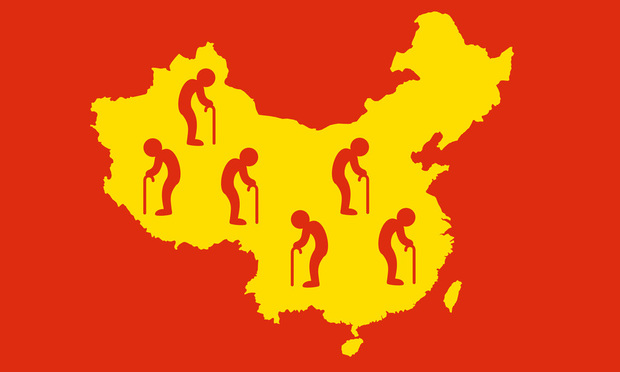China's Pensions Sector Opening Up to Foreign Investment
August 26, 2019 | BY
Vincent ChowForeign insurers are encouraged to participate in the country's emerging private pensions sector as the state pension fund is heading towards a $1.6 trillion gap over the next 30 years.
China's aging population is finally forcing the government to open up its pensions market. Authorities are planning a series of policy measures aiming to make it easier for foreign companies to tap the country's nascent private pensions sector for the first time.
Beijing wants to develop the private sector's involvement in the country's pension system as a supplement to its existing public fund which looks increasingly unfit for purpose. By piloting tax incentives and relaxing market entry rules, the plan is also to involve foreign companies early on in the development of China's private pensions market in order to capitalize on their expertise accumulated over the years in markets elsewhere.
This premium content is reserved for
China Law & Practice Subscribers.
A Premium Subscription Provides:
- A database of over 3,000 essential documents including key PRC legislation translated into English
- A choice of newsletters to alert you to changes affecting your business including sector specific updates
- Premium access to the mobile optimized site for timely analysis that guides you through China's ever-changing business environment
Already a subscriber? Log In Now





